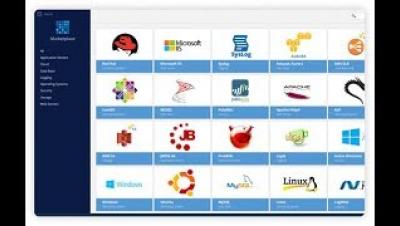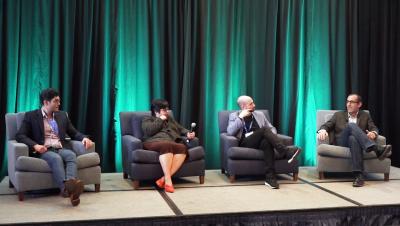Operations | Monitoring | ITSM | DevOps | Cloud
Analytics
Writing React Plugins
In this blog post we will go through how you can create plugins for Grafana using ReactJS. This presumes you have some basic knowledge about writing components in React.
Logging Kubernetes on GKE with the ELK Stack and Logz.io
An important element of operating Kubernetes is monitoring. Hosted Kubernetes services simplify the deployment and management of clusters, but the task of setting up logging and monitoring is mostly up to us. Yes, Kubernetes offer built-in monitoring plumbing, making it easier to ship logs to either Stackdriver or the ELK Stack, but these two endpoints, as well as the data pipeline itself, still need to be set up and configured.
Rethink Analytics: Don't be fooled by cloud washing
Transform to New IT
What's New in Prometheus 2.8: WAL-Based Remote Write
Six months in the making, Write-Ahead Logging (WAL) for the remote_write API was one of the enhancements we included in the Prometheus 2.8 release on March 12. It’s a change intended to safeguard client metrics in the face of any network issues.
Glitch List: March 13, 2019
To keep you up-to-date with the latest anomaly detection news, we keep a list of companies that suffer major glitches. Here’s who made headlines in March.
timeShift(GrafanaBuzz, 1w) Issue 82
This week we have a number of articles from the Grafana Labs blog we’d like to share, plus a new panel plugin and other updates. Also, take a look at our upcoming events. If you’re going to be attending any of them, please come and say hello!
Open Distro for Elasticsearch Review
Over the years the adoption of Elasticsearch and its ecosystem of tools positioned them as the leaders in the time series data management and analysis market. With strong search capabilities, great analytical engine, Kibana as the flexible frontend and a number of data shippers enable building of end to end data processing pipeline using components designed to work with each other. Very simple setup and configuration resulted in high adoption rates and the whole stack gaining more and more users.











